Affiliate links on Android Authority may earn us a commission. Learn more.
Power efficient processors aren't just for smartphones
Published onDecember 7, 2017
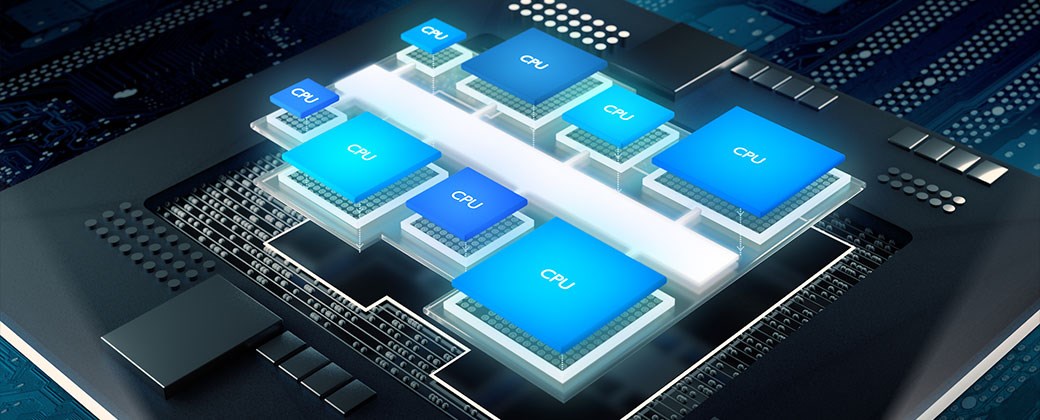
The smartphone market is powered by power efficient processors, enabling our handsets not only to pack in enough performance to run our favourite apps, but also operate in a low enough power profile to support high resolution displays, mobile networking, and an array of sensors all from a small phone battery to last all day. These benefits can also apply to larger screen products, with tablets and Chromebooks offering up similar features and excellent battery life. The same features would no doubt also fit well into mainstream PC products to deliver that smartphone responsiveness. However, x86 processors from legacy manufacturers currently make up the bulk of this market, but these chips aren’t very well suited to the low-power requirements while delivering the performance that smartphone users have become accustomed to.
We saw these players unsuccessfully dabble in the handset market back in 2014. However, higher than typical battery consumption and hotter components in a thermally constrained environment resulted in poor performance, and the x86 architecture ducked out of the smartphone market after just a couple of years.
Fortunately these problems don’t apply if we reverse the situation. Low-powered processors are quite well suited to certain large screen applications. Especially given the year-on-year performance improvements that Arm architecture has seen in recent generations. CPU performance is up 300 percent over the past 5 years after factoring in process improvements, and the latest Cortex-A75 promises an extra 30 percent additional performance for large screen form factors with a larger power budgets. GPU performance has pushed ahead even further, up 1000 percent over the same period.
As well as tablets and laptops, we’ve recently seen smartphone manufacturers make the move into the large screen space. Samsung’s Dex and HUAWEI’s PC Mode offer up large screen desktop environments for enterprise users running on their phones’ internal mobile processor, so there’s no performance augmentation in the dock.
The only potential hurdle to expanding this opportunity further is one of architectural compatibility. Arm’s Armv7 and Armv8 architectures aren’t compatible with x86 instructions, meaning that extra work has to be done on the software side to ensure that existing products work across different hardware bases.
CISC vs RISC returns
One of the key difference between Arm and x86 is that Arm designs a Reduced Instruction Set Computer (RISC), while the x86 architecture is a Complex Instruction Set Computer (CISC). CISC offers up high peak performance by using a single instruction to execute multiple tasks, such as arithmetic and load store, but such variety increases the number of instructions. RISC aims to stick to a smaller number of general instructions, but the benefit is that power consumption remains much lower as there are fewer memory cycles per instruction.
In the early days of computing, RISC and CISC served different purposes due to their capabilities and power requirements, hence why RISC was much more suited to early smartphones. But the gap has been narrowing in many ways, and the terms are now more blurred than ever. Many RISC instruction sets, including Arm’s, have grown in size to offering better performance at many tasks (there have been several RISC-based supercomputers), and the benefits brought about by more advanced manufacturing techniques have boosted not only energy efficiency but also processing performance.
Arm's scalable footprints offers the option to expand CPU designs into different form factors and products with various thermal requirements, providing a range of energy and performance options.
The other equally important advantage that RISC maintains over CISC is silicon area. A smaller silicon footprint results in cheaper processor production and therefore lower cost products for consumers. A small but scalable footprint offers the option to expand CPU designs into different form factors and products with various thermal requirements, providing a range of energy and performance options. In other words, RISC scales well from low power smartphones up to higher performance laptops and large screen devices
In today’s world of consumer computing, there’s now a large amount of crossover between RISC and CISC in terms of capabilities, and both certainly meet the performance requirements of the most common consumer tasks for multi-tasking across common consumer use cases, enterprise and productivity, all the way up to casual and high-fidelity gaming. We’ve already seen low power laptop processors developed by some of Arm’s partners, including MediaTek, Rockchip, and Samsung, among others. These chips have and continue to power tablets and Chromebooks, and will soon be powering other large screen devices too.
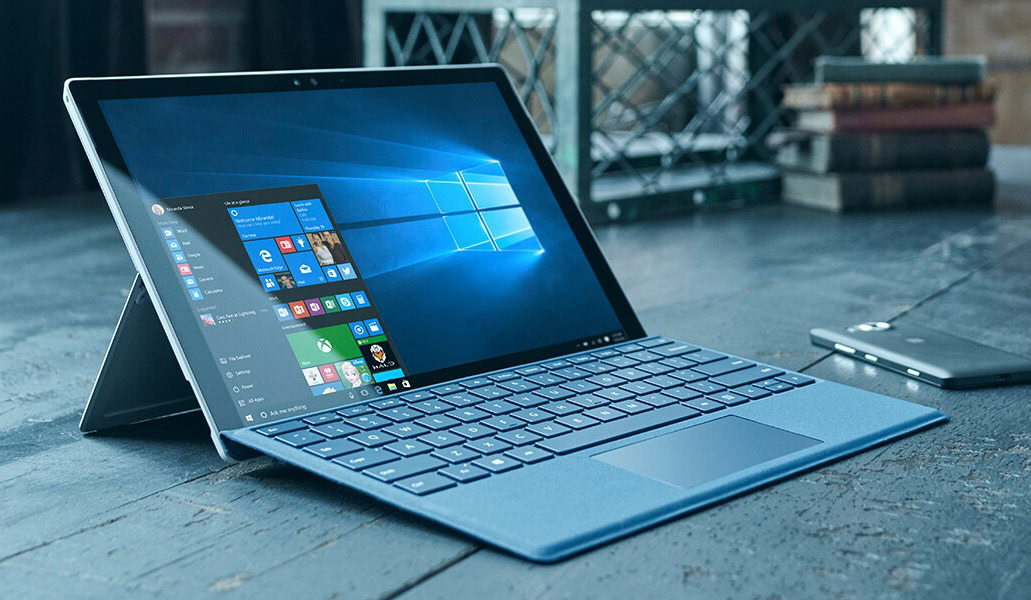
An opportunity with Windows 10S
Platforms and operating systems should be processor architecture agnostic these days. Google’s Chrome OS, essentially Linux with a built-in full browser that powers its Chromebooks, runs on both x86 and Arm-based hardware. Google has even added in support for Android apps on the platform, regardless of processor, using Android Framework running in a container, much like virtualization. Power efficiency focused Chromebooks have already proven more than capable at web browsing, hosting a full suite of office applications, and even running more demanding Android apps.
Microsoft is promising similar hardware compatibility with its upcoming Windows 10S laptops support for Arm hardware with Windows 10. In order to run the full Windows desktop experience on Arm processors, Microsoft created a transparent ‘just-in-time” transcoding emulation layer to convert x86 instructions to Arm ones. The technology is based on Microsoft’s Windows on Windows technology that runs 32-bit apps on 64-bit machines. This process only needs to be done once, so there’s no lag or delay when booting up applications a second time. The company’s Windows 10S laptops, which are streamlined models for security and performance, will be the first of these new products to support both Arm and x86 processors. Microsoft has already shown off Photoshop running in real time on a Qualcomm Snapdragon processor, so again performance is looking promising even for more demanding applications.
Microsoft recently claimed that upcoming Arm-powered Windows laptops will offer multi-day battery life too, a game changer for consumer and business users alike. OEMs signed up to design these laptops include ASUS, HP, and Lenovo. The first Windows 10S laptops are powered by Qualcomm’s Snapdragon 835, a mobile application processor that is powering a number of flagship smartphone releases this year.
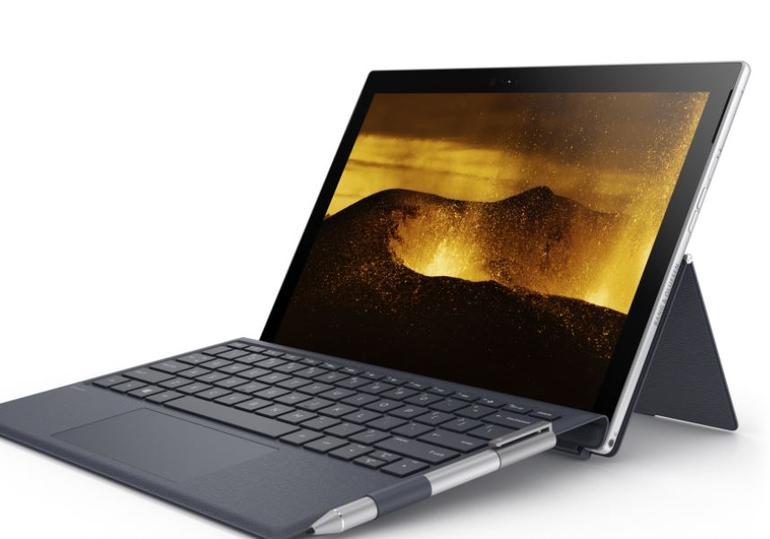
Mobile and PC use converges
All of the above considered, the most important point for consumer is that these products are able to perform the most common tasks without stutter or lag. So are power-efficient processors suitable for the typical consumer use case in the large screen markets?
Research by Google reveals that daily computer usage remains not far behind smartphone, with users typically spending 170 minutes on a smartphone and 120 on a computer, with tablets averaging 75 minutes. The most common use cases are very similar across both devices too, with 71 percent of smartphone and computer owners using these devices to browse the web each day. Email, search, online shopping, social media, and video consumption are also areas of common crossover, and these sections make up the bulk of use across the two hardware platforms.
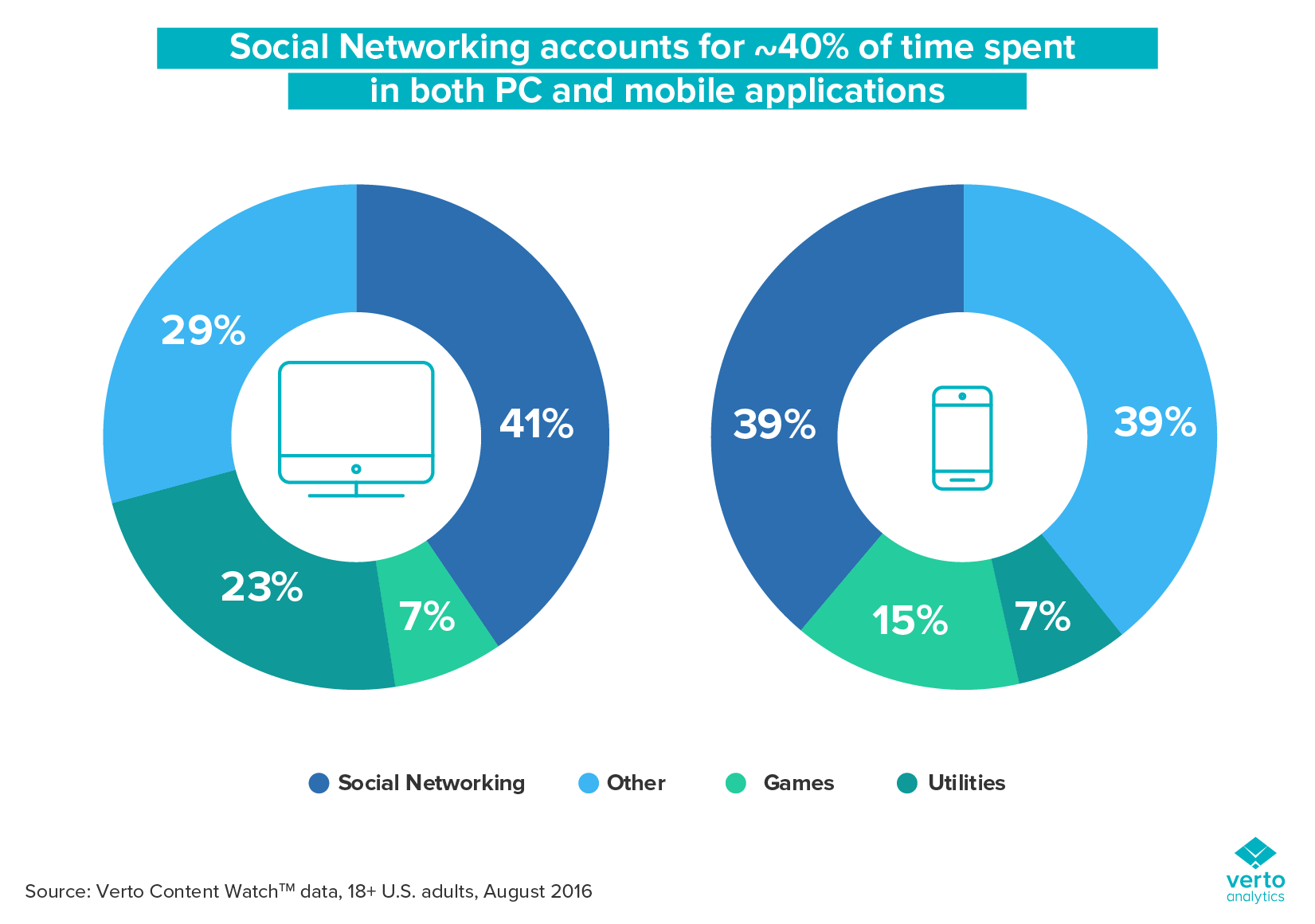
Consumers looking to take their services across multiple screen sizes is increasingly becoming the norm too. Google estimates that 57 percent of people use more than one devices per day, with Verto Analytics finding that this cross-platform usage is being led by social networking, gaming, web browsing, and entertainment. This has partially led the recent rise in touchscreen and 2-in-1 laptops, offering consumers a more flexible approach to how they use their devices. We’ve also seen enterprise solutions from mobile manufacturers, in the form of Samsung Dex and HUAWEI’s Mate 10 PC Mode, attempt to cater for productivity tasks usually associated with laptops and PCs.
There are two main attractions to these type of devices. The first is being able to move essential productivity apps, such as email and office applications, seamlessly between the portable and big screen. The same then also applies for media-oriented users. Being able to take your favourite mobile media apps and library straight to a larger display is a convenient feature.
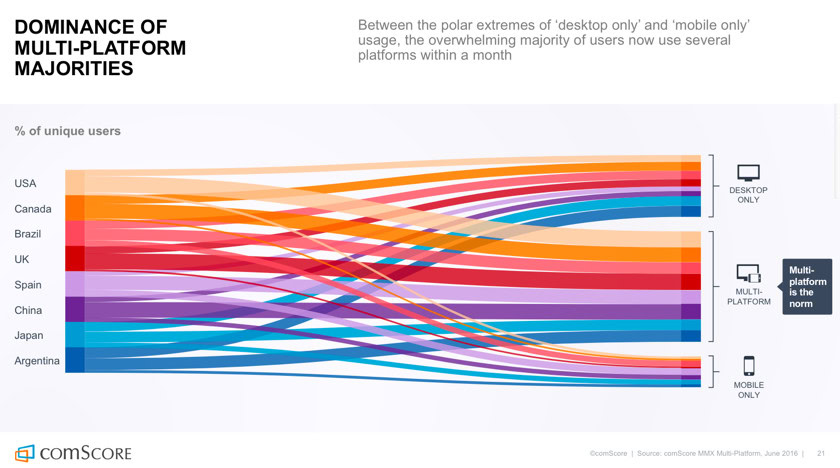
Of course, there is a section of the PC market that falls outside of this segment. High-performance and enterprise users will require different solutions, but these are niche requirements in the consumer electronics markets, even within the laptop and PC spaces. That being said, Qualcomm is targeting the high performance server market with its Centriq 2400, so there’s clearly room to scale up performance where needed. Given the crossover between a lot of consumer demands for mobile and PC software, hardware that is already suitable for these most common tasks in the smartphone form factor will be well suited to handle the same tasks in the tablet and laptop markets.
With small and large screen use cases converging, consumers are increasingly taking the same apps and services across multiple devices.
Looping back to the earlier hardware talk, adopting more power efficient mobile application processors in the laptop form factor also meets consumer requirements for longer battery life. Smartphones have been limited to sub-5W power requirements, resulting in very battery-efficient designs that will offer very long use time when combined with larger laptop battery cells.
There are additional benefits on offer too. Cooler thermals will result in longer component lifetimes. Smaller SoC packages without the need for bulky heatsinks will allow manufacturers to design thinner and lighter products. Furthermore, mobile SoCs are often designed with built-in fast-charging, security enclaves, and 4G LTE modems built-in, making it more cost effective for laptop OEMs to offer these features.
Conclusion
Not only are Arm-based processors packaged up to the performance tasks demanded by consumers, as we’ve already seen with products categories ranges like Apple’s iPad and Google’s Chromebook smartphones, tablets, and laptops, but there’s software support on a range of operating systems too. iOS and Android have long been available for tablets, but Chrome OS and Microsoft Windows are also providing software support for the laptop markets too. Importantly, consumers will now be more able than ever before to take their same software experiences and services across multiple devices and even platforms, while retaining the same responsiveness and performance that they’re used to from their mobile products. Furthermore, the introduction of Arm-based Windows options means that familiar laptop form factors can benefit from the additional energy efficiency and battery life brought in from the smartphone space.
Between new ideas like Samsung Dex, Qualcomm moving into the server market, and Microsoft promising longer battery life for laptops, power efficient processors aren’t just for smartphones anymore. They’re an increasingly core part of consumer computing and technology.